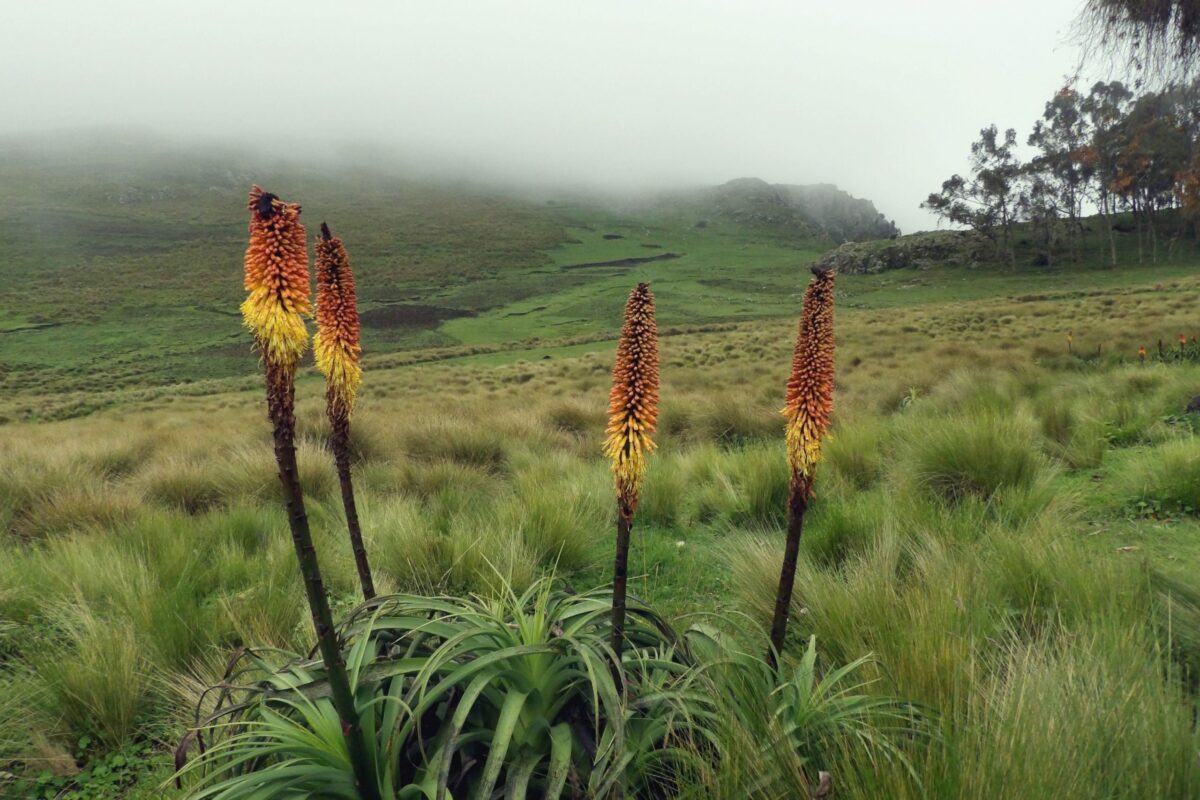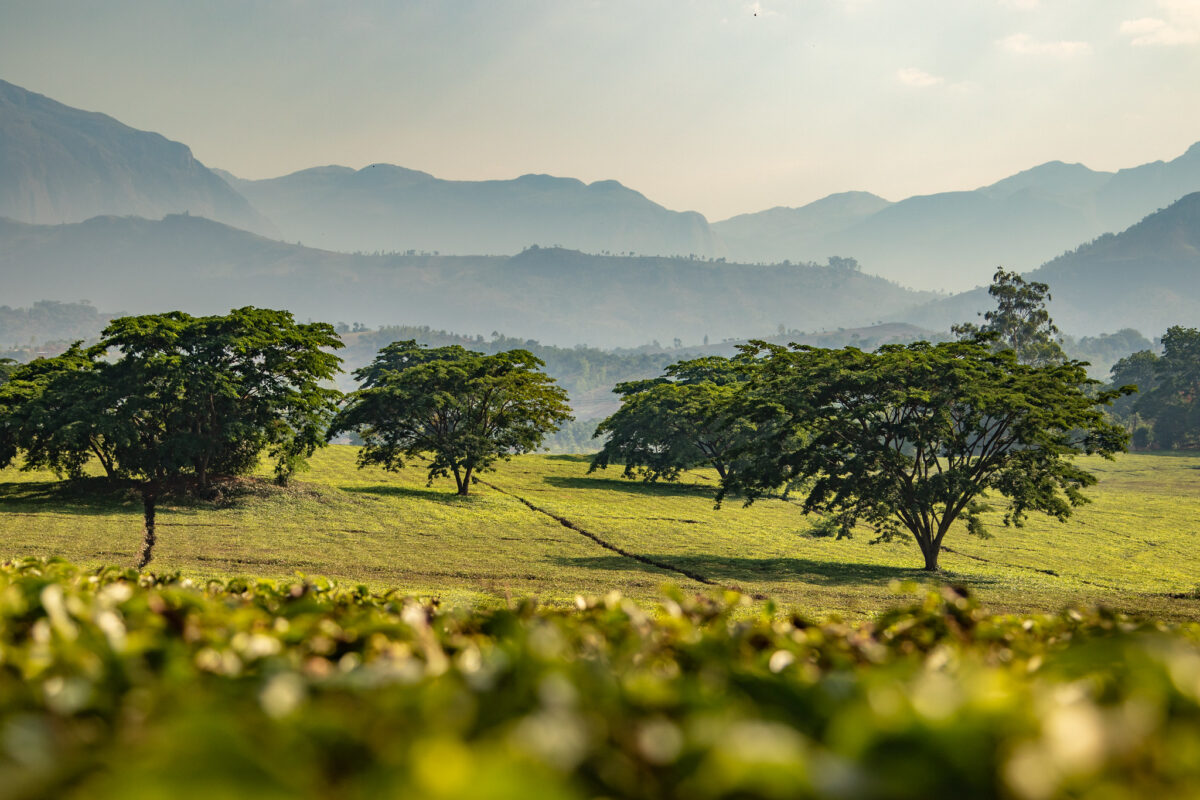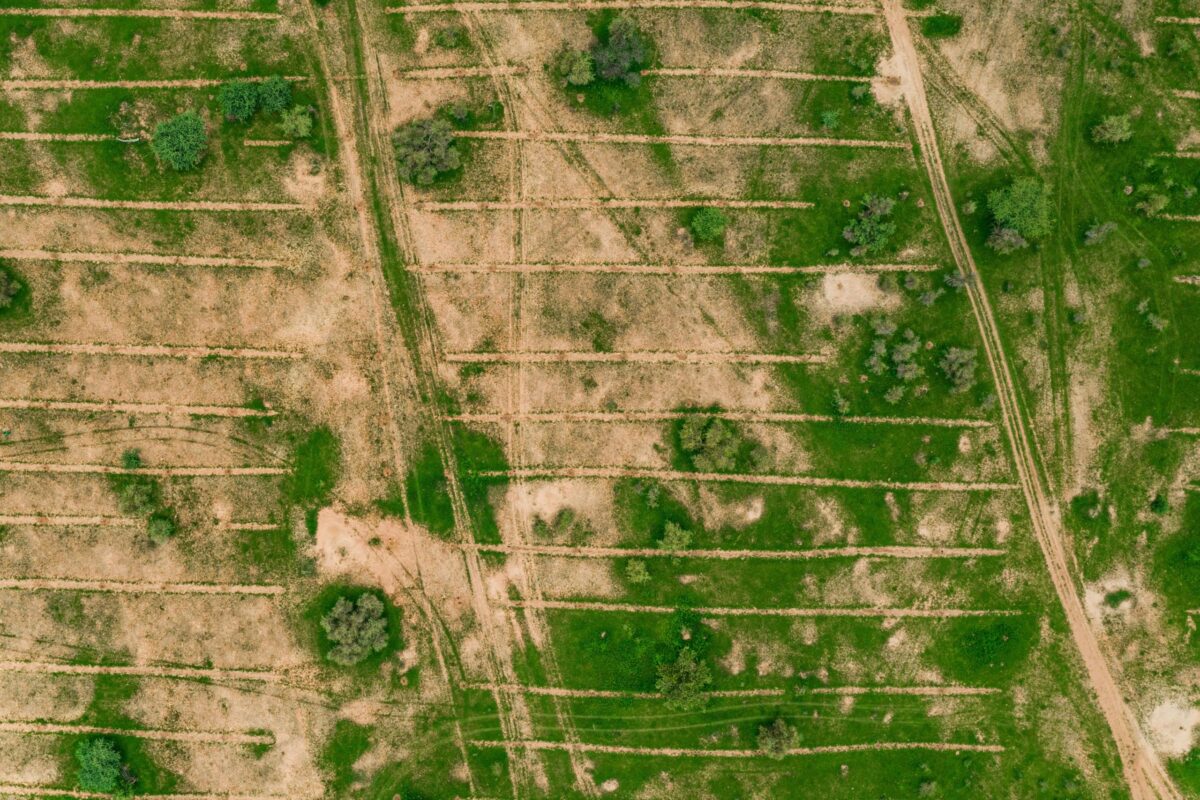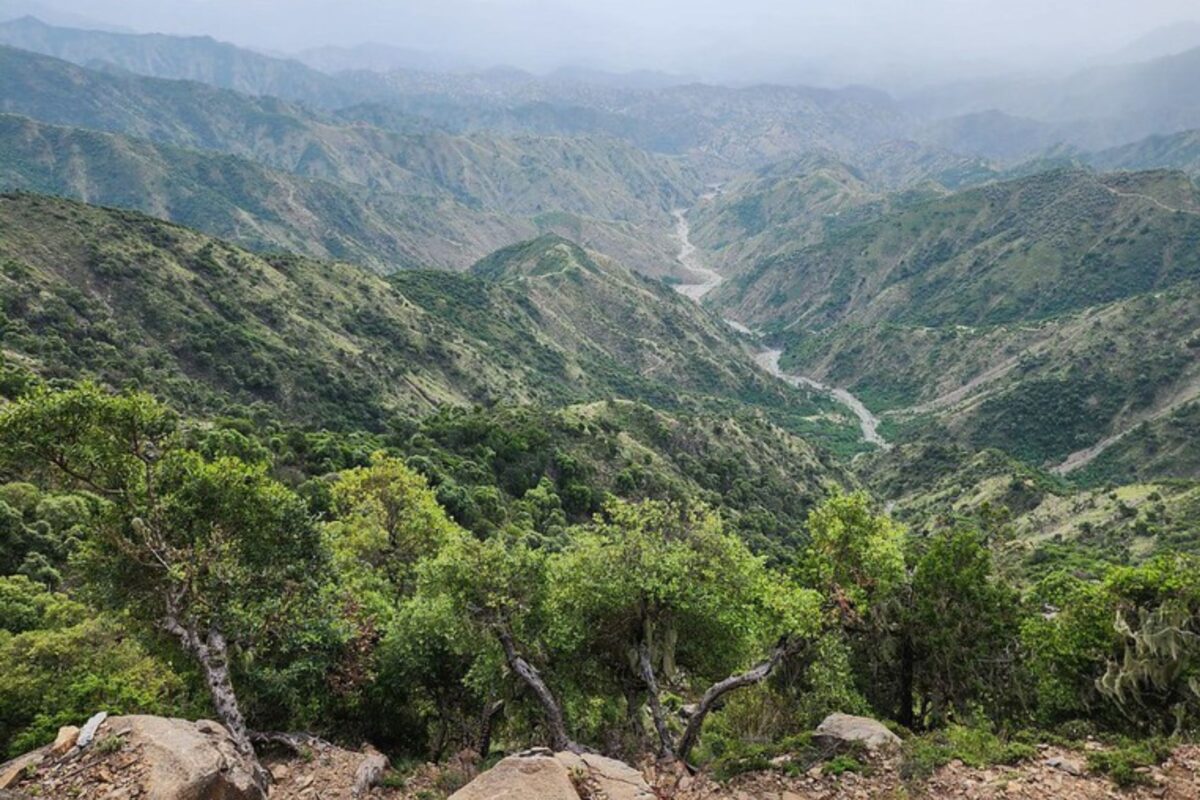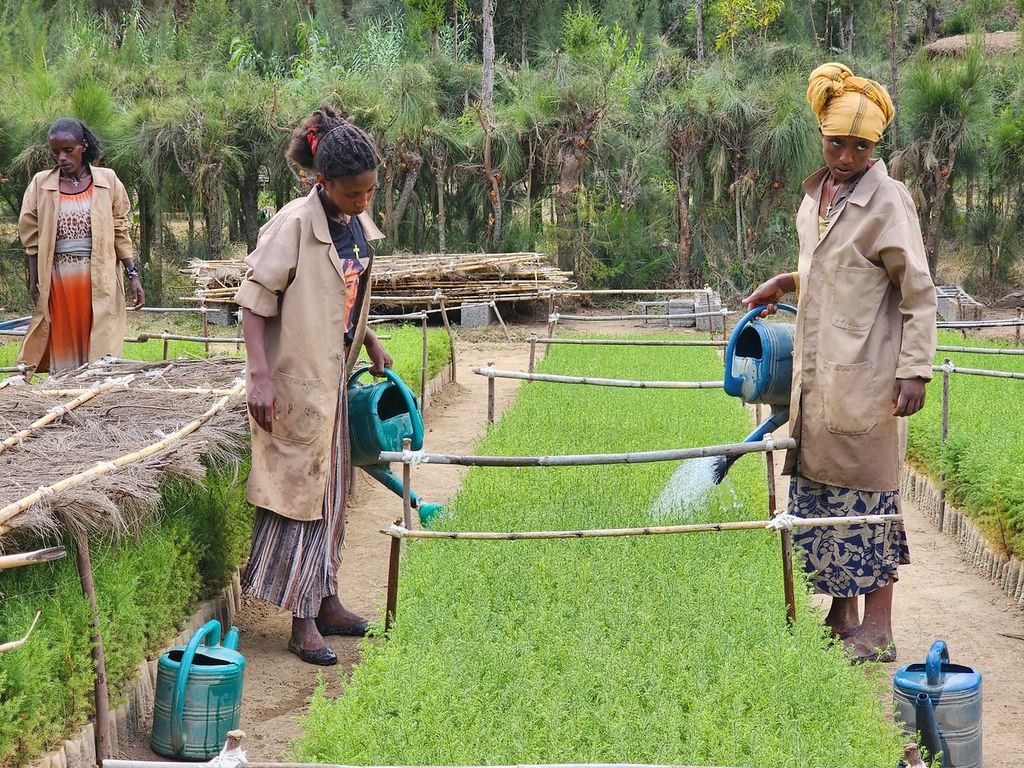The Importance of Monitoring and Evaluation (M&E) in Forest Restoration
Monitoring and Evaluation (M&E) is not just a fancy acronym; it’s a management process that allows us to deliver the outcomes we need. By designing the roadmap, collecting relevant data, conducting systematic analyses, and reporting, M&E systems provide valuable insights that help track the progress of projects, assess their value, quality, and effectiveness, identify barriers in implementation, make informed decisions to remove bottlenecks and improve results, and foster continuous learning from both failures and successes.
Key Components of WeForest’s M&E Practices
When it comes to forest restoration efforts, M&E processes are absolutely key. Numerous scientific studies, such as “A Call for Ecosystem Monitoring,” “Forest Restoration – What Generates Failure and Success,” and “Challenges During the Execution, Results, and Monitoring of Ecological Restoration,” have highlighted the importance of M&E. Without proper monitoring and evaluation, restoration projects are prone to failure and cannot be scaled up effectively, because forest restoration is not a one-time event; it’s an ongoing process that requires continuous follow-up to ensure that planted trees are thriving and new forests are growing.
Through M&E, we collect and analyse data on various aspects of the project, such as the quality and fate of seedlings, the growth, health, and survival rates of planted trees, changes in biodiversity in the restored areas, carbon sequestration, and the extent to which the projects benefit local communities. This wealth of information enables us to ensure the sustainability of restoration projects and continually improve their social-ecological outcomes.
Furthermore, M&E plays a vital role in robust reporting to project investors, encouraging further investment in restoration initiatives. It also helps us understand the real contribution of these projects to regional, national, and international climate and biodiversity commitments. In a world where funding for environmental initiatives is often limited, having solid M&E systems in place is essential to demonstrate the effectiveness and impact of restoration projects.
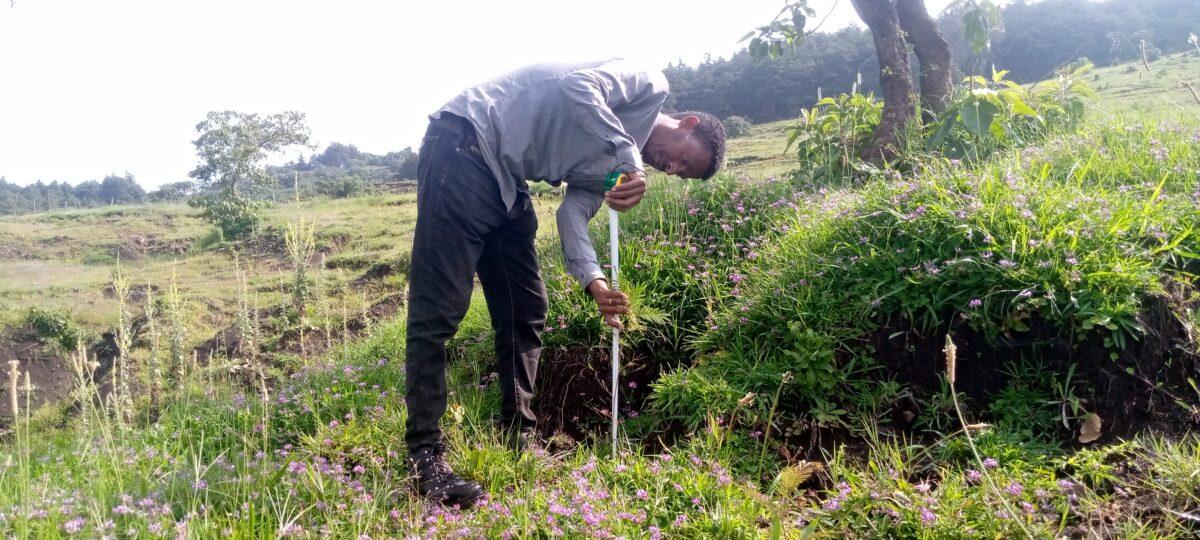
Fortunately, there is a constant effort to develop new tools and methodologies to enhance M&E practices. Scientists and restoration practitioners are refining the use of satellite imagery and drones to track the progress of projects. They are also working on improved protocols to assess the ecological, socio-economic, and cultural impacts of forest restoration. Additionally, knowledge-sharing initiatives are helping accumulate valuable insights on the factors that hinder or facilitate the sustainability of different projects.
Technological Advancements Enhancing M&E
Despite these advancements, many forest restoration projects around the world continue to struggle and even fail due to a lack of M&E. On the beautiful island of Luzon in the Philippines, volunteers planted over a million mangrove seedlings as part of a world-renowned restoration effort. Unfortunately, 98% of these seedlings did not survive, or they were washed away, because there was no follow-up monitoring and evaluation. Similarly, in 2019, the province of Çorum in Turkey made headlines with a massive restoration initiative that aimed to plant approximately 300,000 trees in just one hour. However, a staggering 90% of these plants died due to inadequate monitoring and evaluation. In Himachal Pradesh, India, restoration efforts conducted over several decades ended up failing as they did not result in a significant increase in forest canopy cover. In Sri Lanka, a massive governmental project witnessed the death of all planted species in nine out of 23 restored areas, with less than 50% of the seedlings surviving in only three areas.
These examples clearly show that when we focus solely on tree planting without prioritising tree growing, we risk wasting millions of dollars each year. It’s crucial to shift our attention to comprehensive M&E practices that go beyond simply counting the number of planted species. As highlighted here, many failures go unnoticed because performance indicators often fail to measure survival rates.
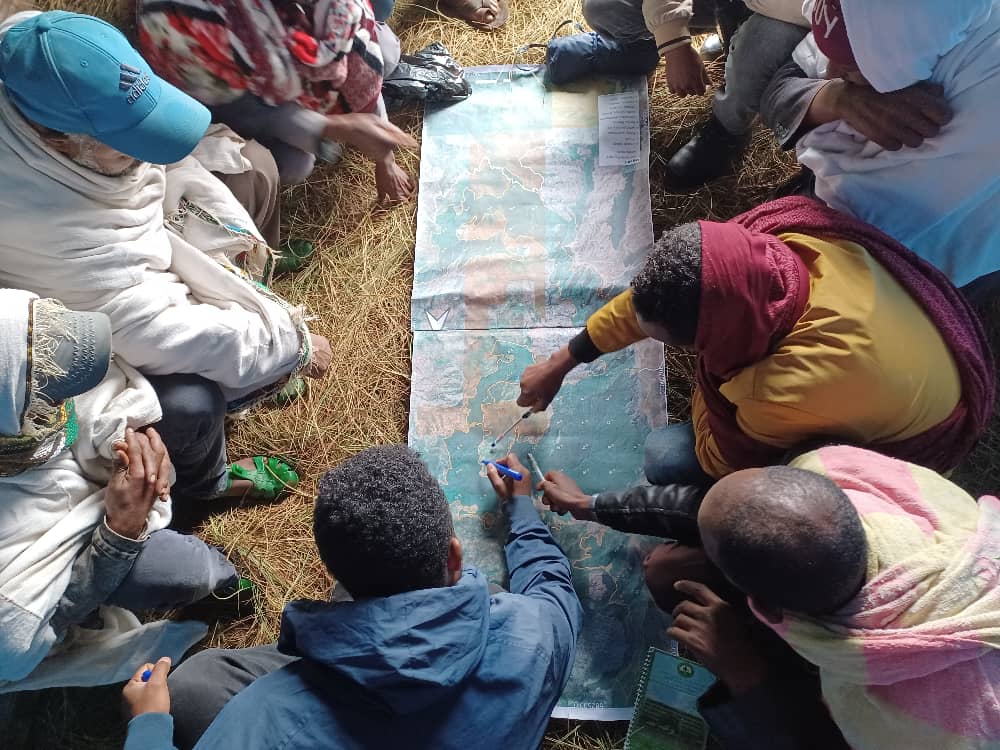
WeForest’s Approach to Robust M&E
So, how do we ensure robust M&E practices that support best practices in forest restoration? In WeForest’s case, detailed techniques revolve around four purposes:
- keeping track of progress and success by comparing project data with predefined goals,
- identifying mismatches between targets and results to adjust approaches and improve outcomes,
- learning from experiences and sharing valuable lessons, and
- promoting transparency by sharing project results with all stakeholders.
Our M&E approach focuses on three crucial dimensions that apply to each restoration project:
- Governance,
- Trees and biodiversity, and
- People
Firstly, governance plays a vital role in forest landscape restoration projects. These initiatives aim to reduce deforestation drivers and increase tree cover in specific landscapes. To achieve this, we promote the creation or enhancement of forest governance strategies. Monitoring effective governance needs indicators that can tell us whether the quality of work is good, not just if it is happening. We monitor the detail and implementation of sustainable forest management plans, community compliance with governance documents, and the functionality, accountability, and sustainability of governance strategies.
Secondly, the “Trees and Biodiversity” dimension focuses on assessing critical data in our projects. We monitor the hectares of land with increased and protected tree cover, the percentage of forest canopy cover in each restored area, the number and species of tree seedlings planted, the survival rate of seedlings monitored at one and three years after planting, the diversity of tree species – and for some projects, the diversity, presence, and frequency of animal species in the restored areas.
Lastly, we recognize the importance of involving local communities in sustainable forest management. WeForest’s projects are designed in collaboration with communities and aim to address their socio-cultural and economic needs. We monitor the number of households supported by the project, the inputs they receive, the number of households generating income through the project, the average income generated per household, and the percentage of women-led households that receive support or generate income through the project.
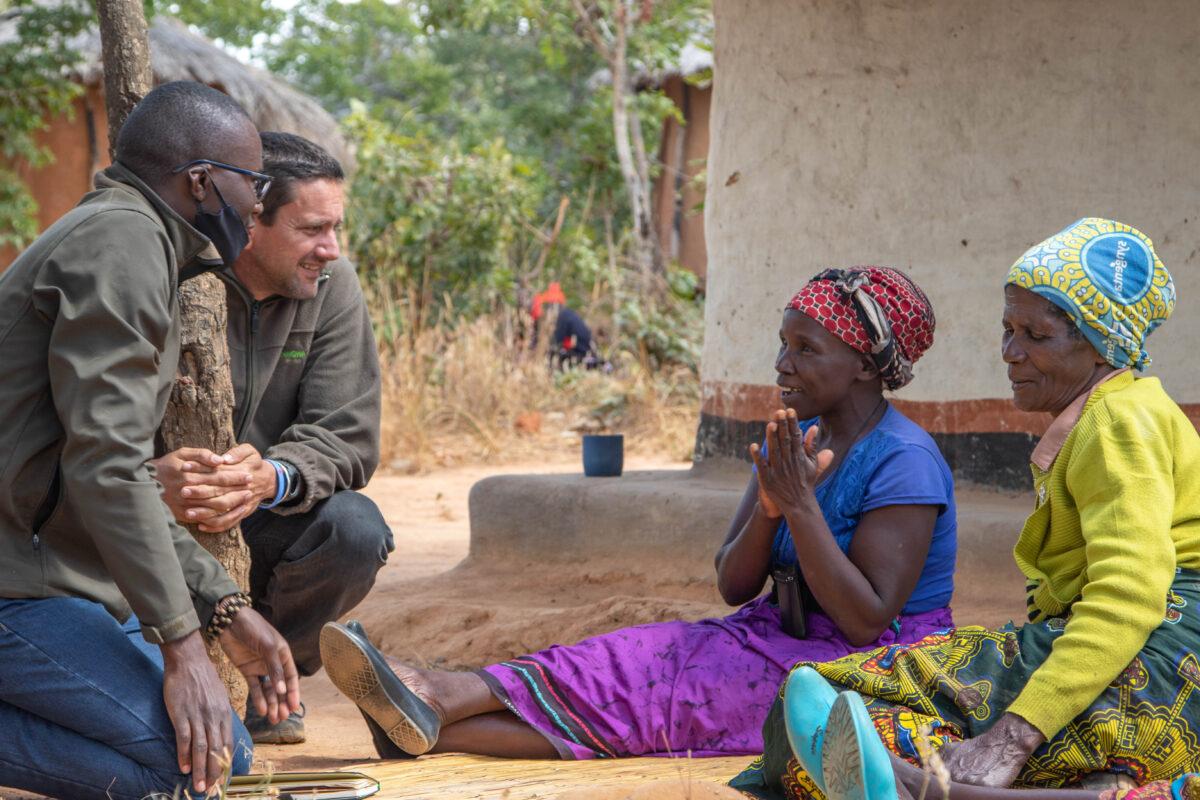
To ensure the effectiveness of restoration projects, we set specific targets for each of these indicators based on the expected impact of the project and baseline data collected during the initial year of the intervention. These indicators are monitored throughout the project’s lifespan, with most assessments occurring every two or three years. We also collaborate with research institutes and universities to gather additional data and improve our understanding of the social-ecological impacts of these projects. We continuously explore the potential of new monitoring methods, such as LiDAR-based forest structure analysis and eDNA-based biodiversity monitoring.
Third-Party Verifications and Certifications
In addition to our internal efforts, WeForest aims to have third-party standard verifications to enhance quality, learning, and reliability. We seek verification from organisations like Preferred by Nature for Ecosystem Restoration, as well as certifications of carbon stocks through the Verified Carbon Standard and Climate, Community, and Biodiversity Standards. WeForest also plans to conduct endline studies for every project, accounting for all ecological, socio-cultural, economic, and biodiversity impacts. These studies are conducted after the implementation period, providing a comprehensive understanding of the project’s long-term outcomes.
In conclusion, failed forest restoration projects are all too common worldwide, putting our efforts to combat climate change and biodiversity decline at risk. While factors like choosing the wrong plant species or unsuitable project areas can hinder restoration efforts, the real challenge lies in shifting our focus from mere tree planting to comprehensive tree growing. Robust and holistic M&E systems, like the one developed by WeForest, are essential for promoting restoration efforts that deliver significant social-ecological benefits across different temporal and spatial scales.
Let’s continue supporting and advocating for effective M&E practices in forest restoration. By doing so, we can ensure the success, sustainability, and continuous improvement of these vital initiatives that hold immense potential for a greener, healthier future.

